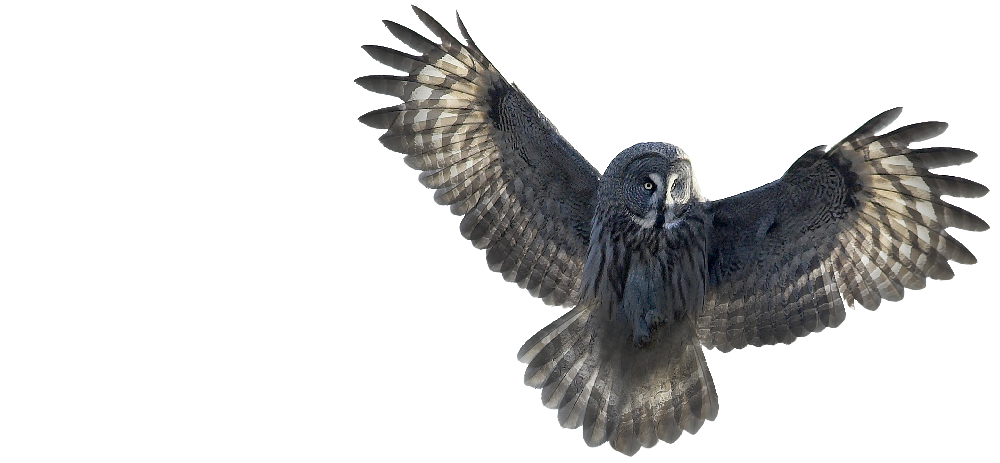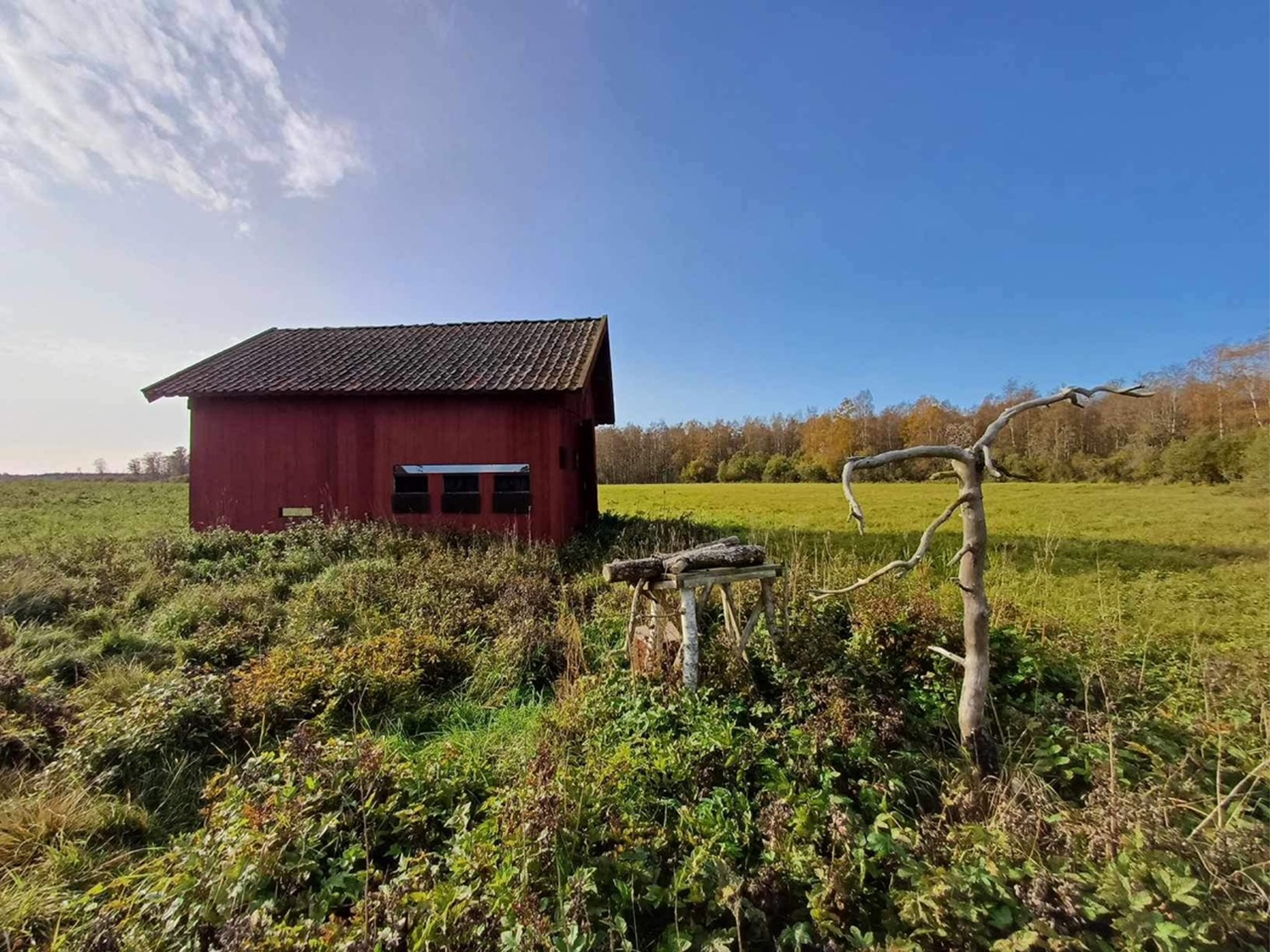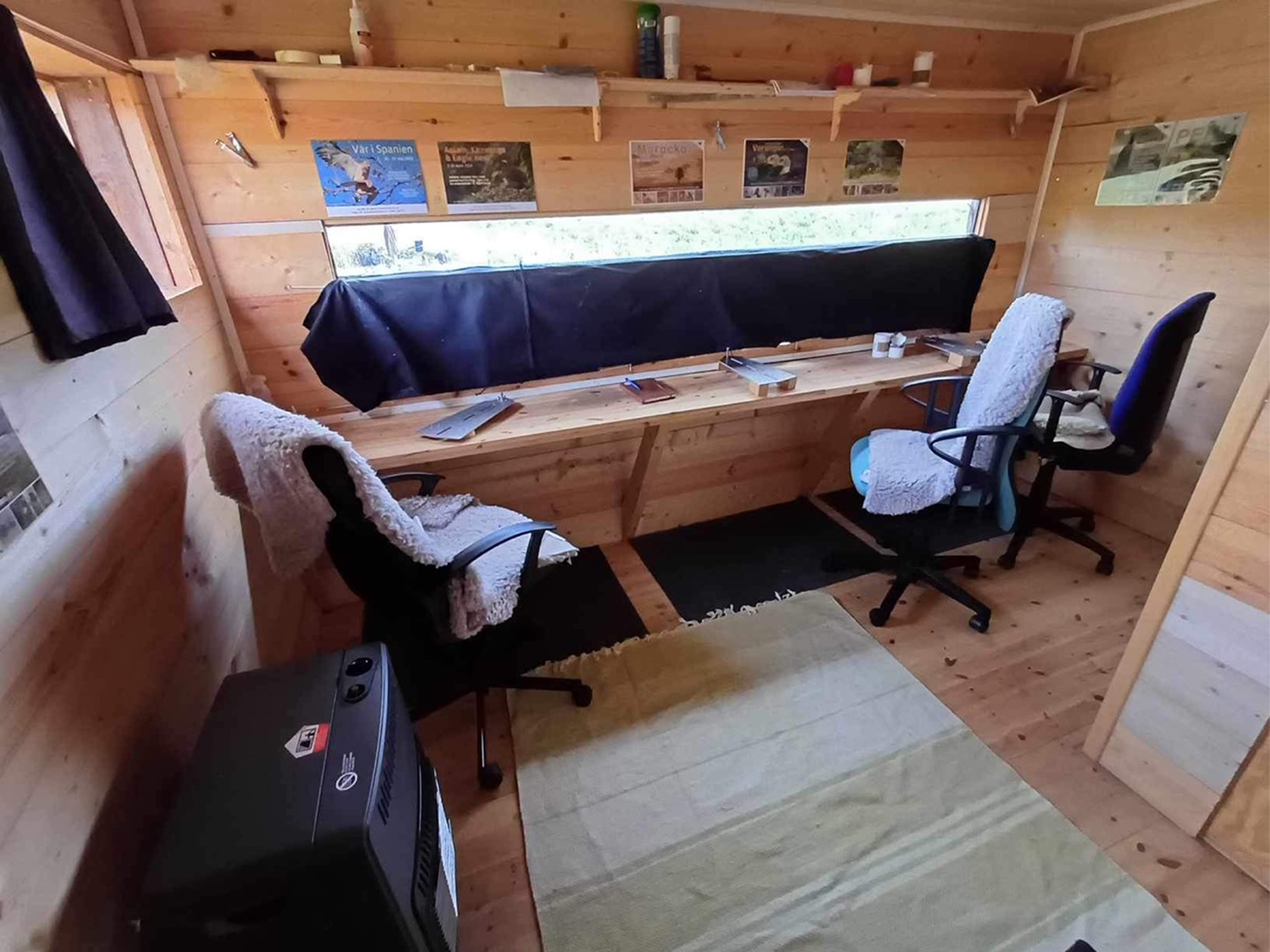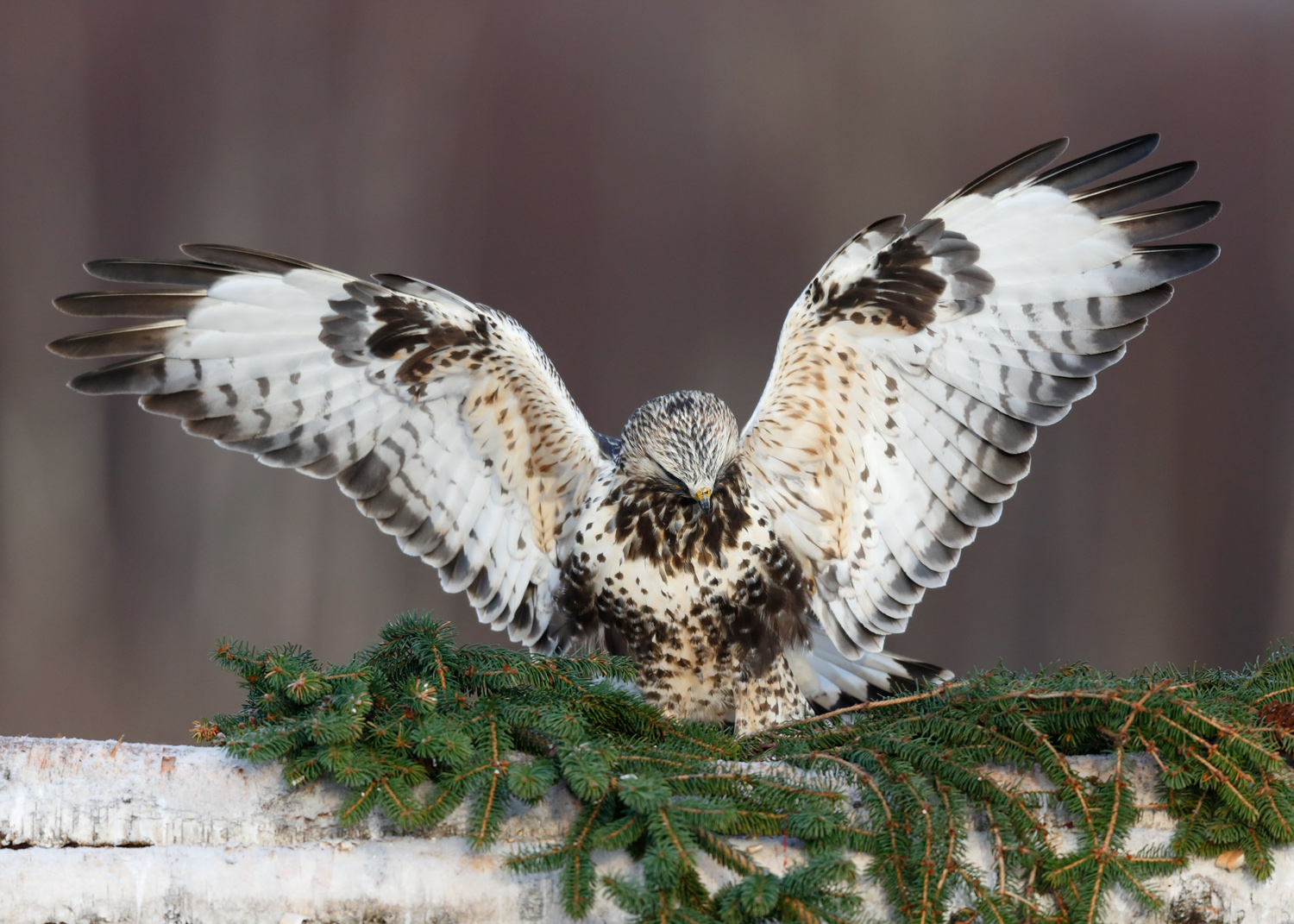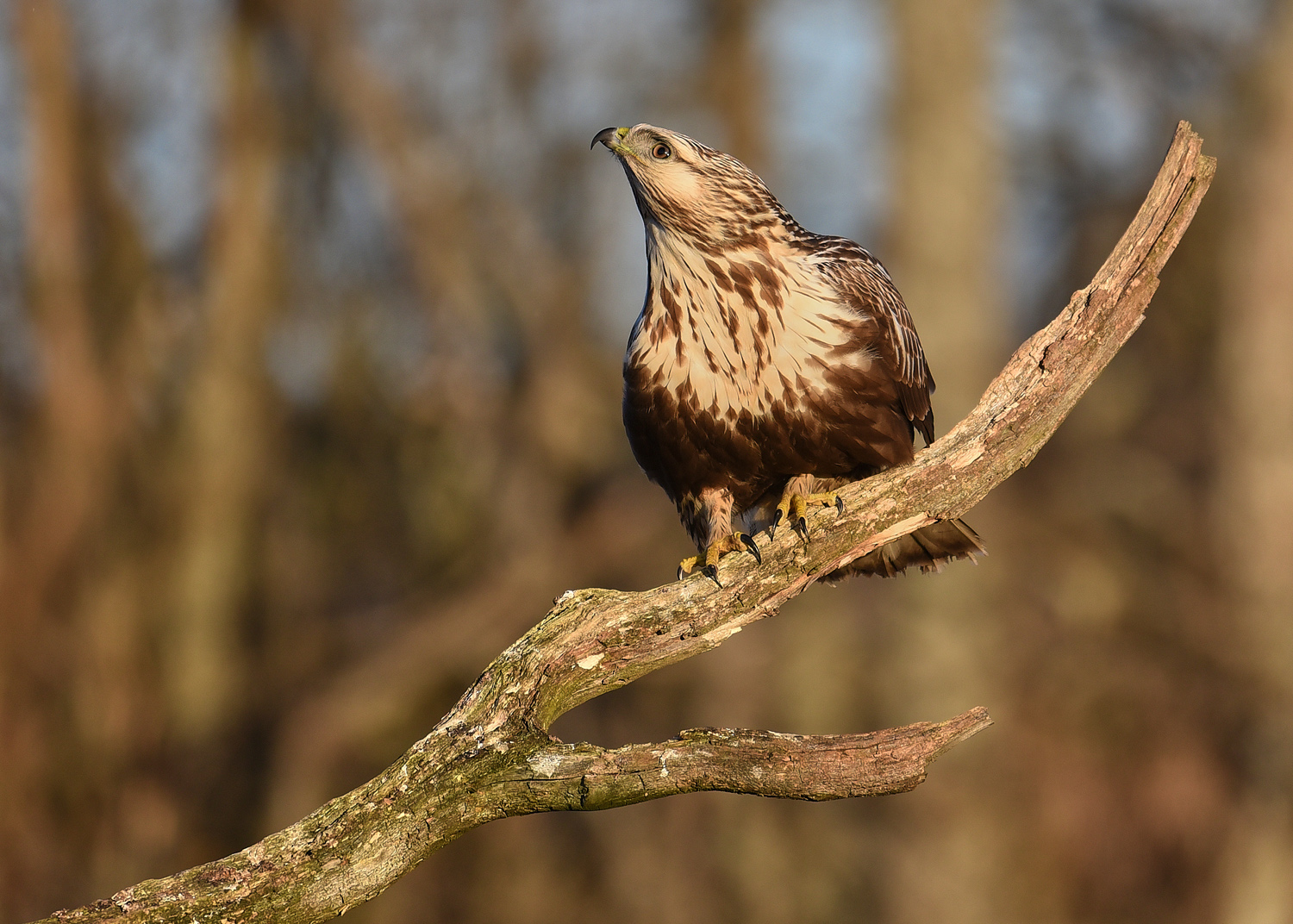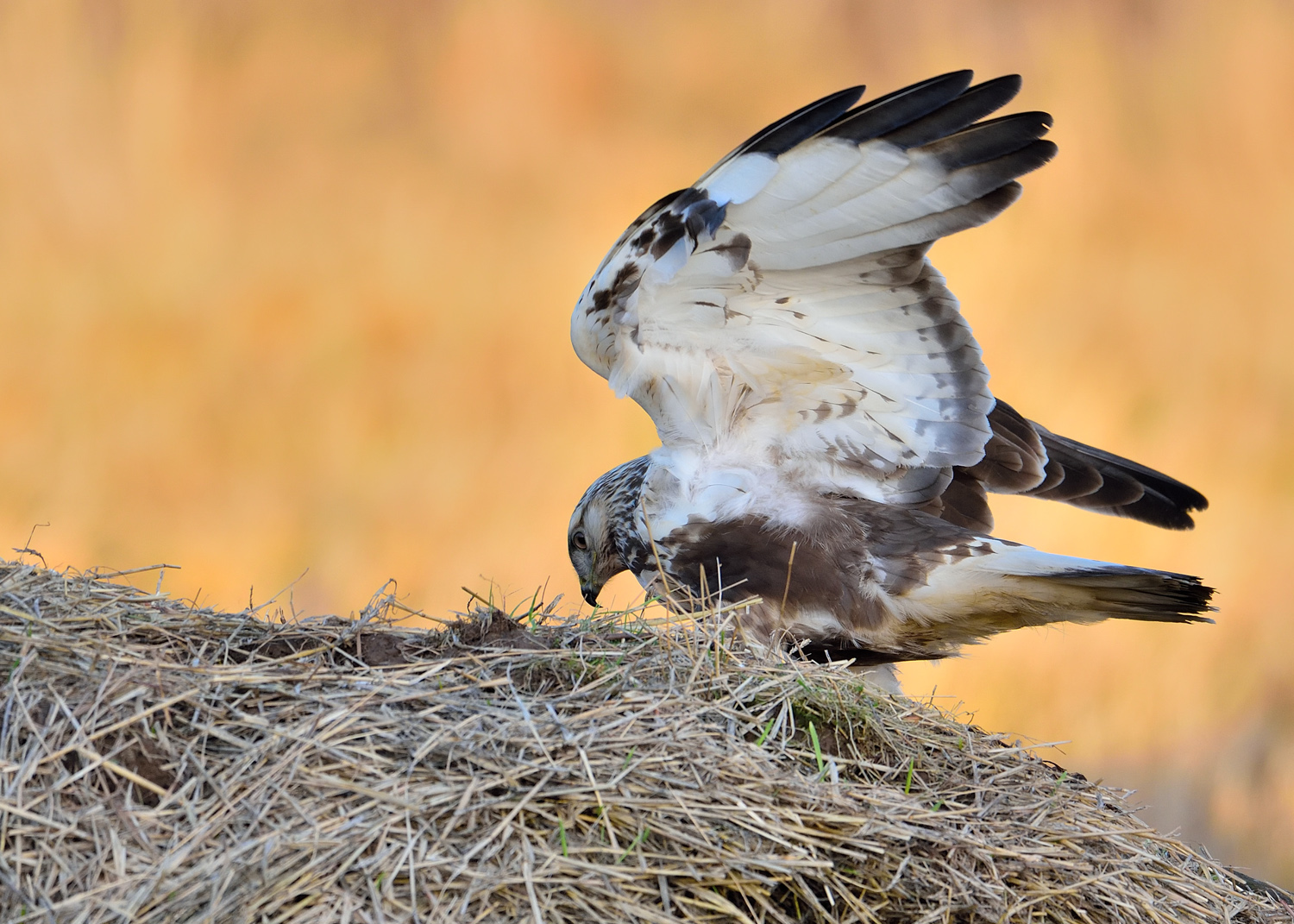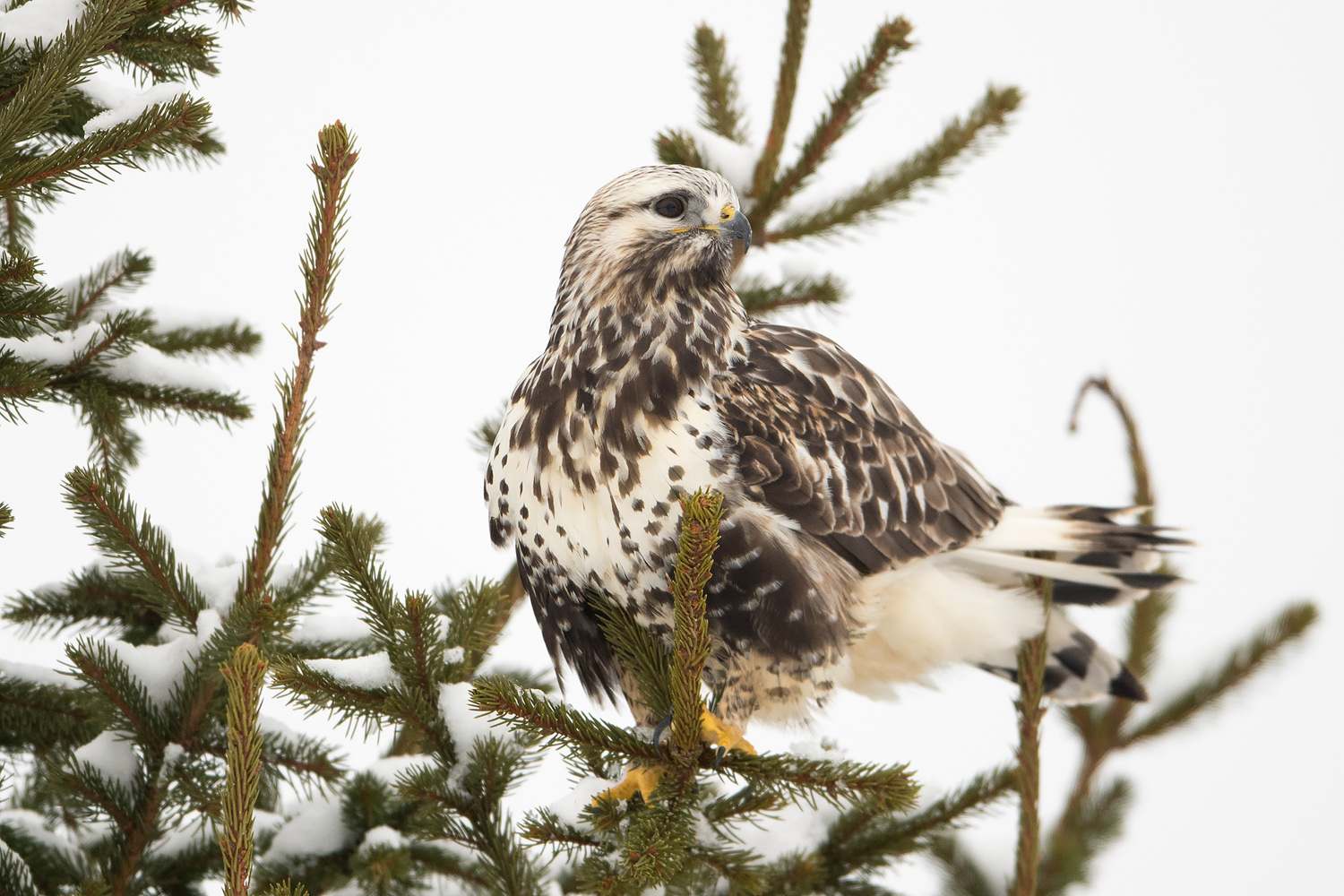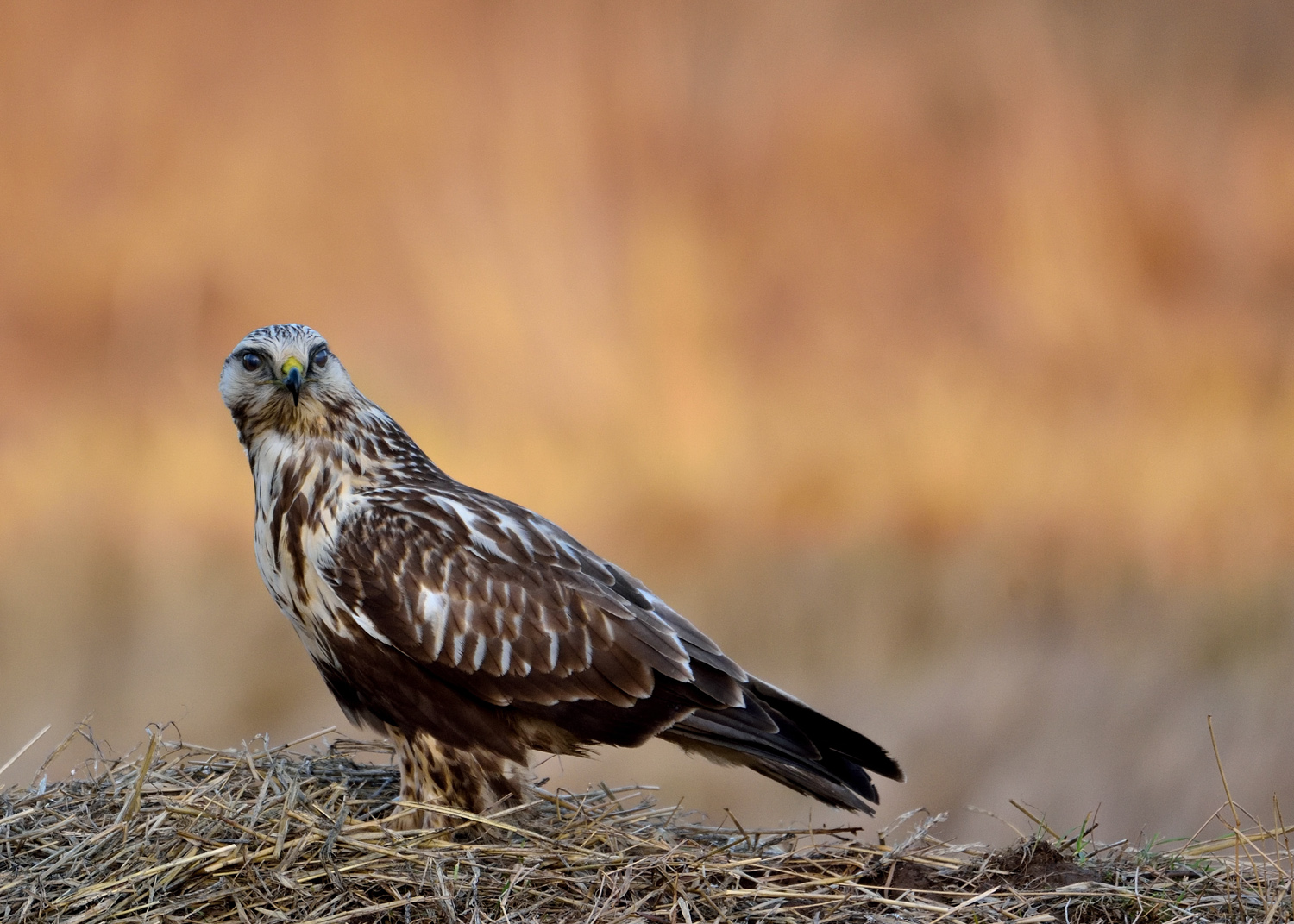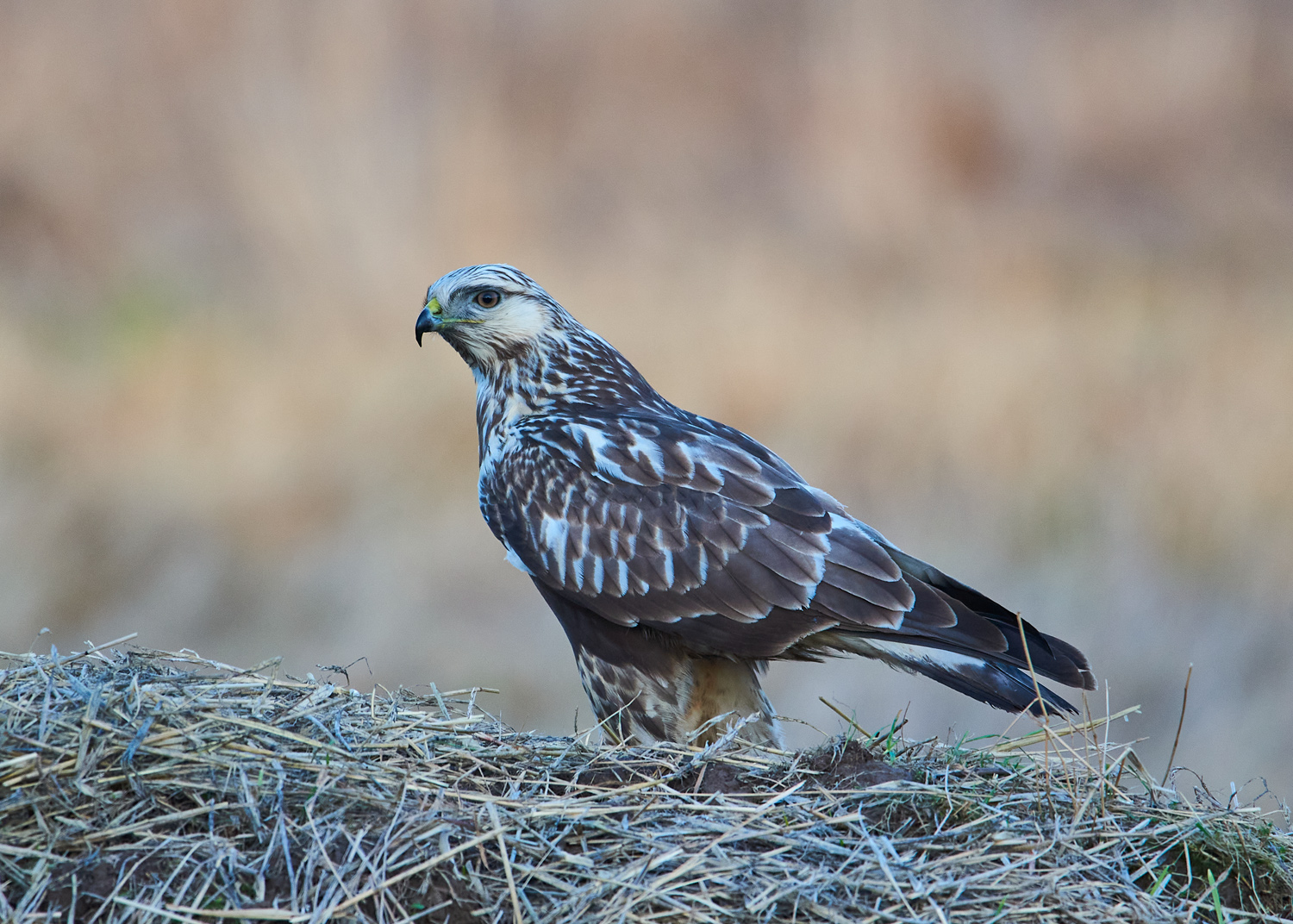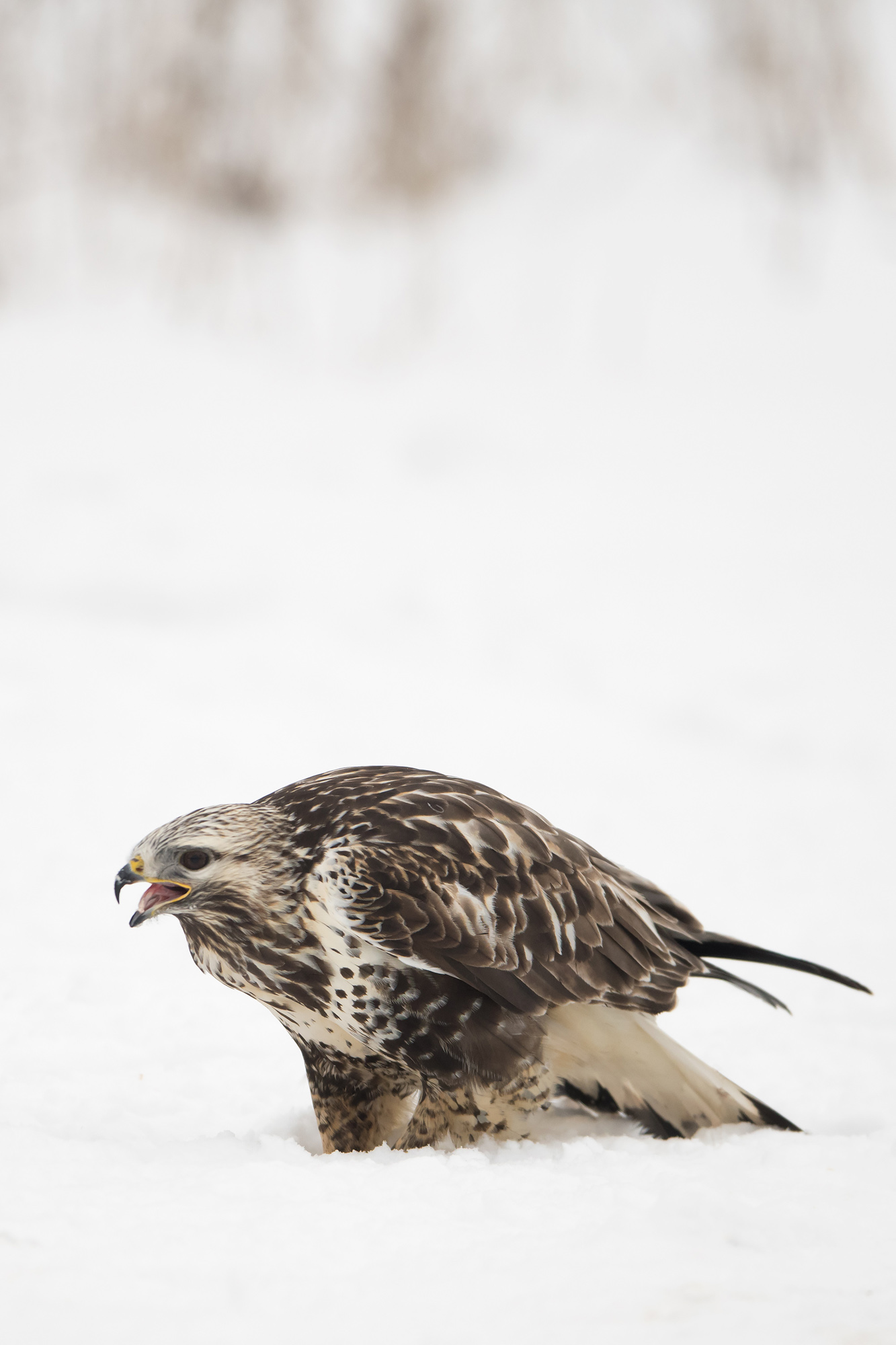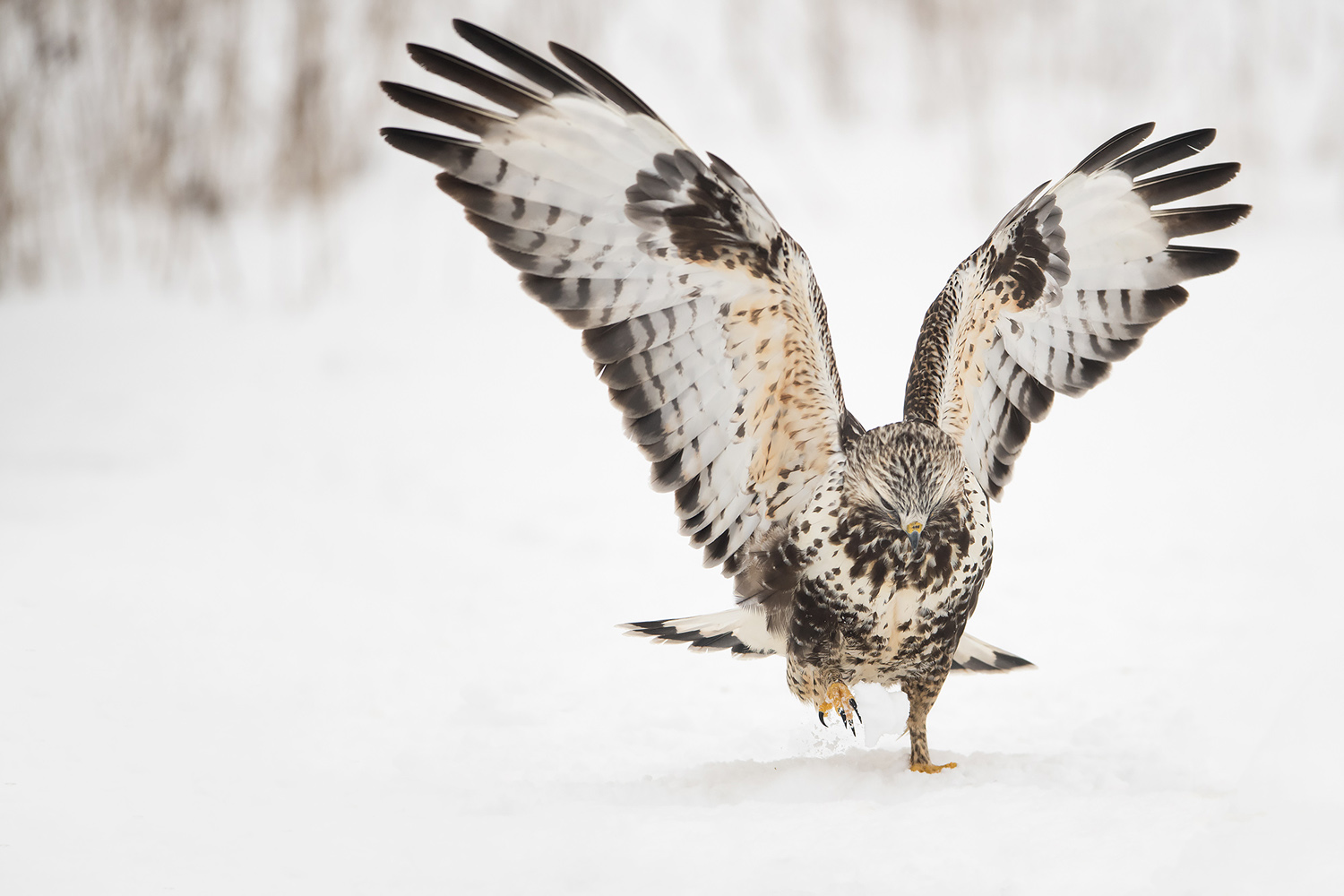Rough-legged Buzzard photography
November – March
Rough-legged Buzzard photography
November – March
When: 1:st November – 10:th March
Price: 2.850 SEK/ person
Rough-legged Buzzard
Rough-legged Buzzard photography
Rough-legged Buzzard (Buteo lagopus) is not a rare winter bird in Sweden, although they vary a great deal in numbers between years, but they are generally NOT easy to approach. That´s why we have created a Buzzard-restaurant, where Rough-legged Buzzards come and feed on a regular basis. In front there´s an old wooden haybarn, that´s been standing there for more than a hundred years. We converted the barn into a photo-hide where 3 persons can sit comfortably and study/ film/ photograph the birds at close range.
The Rough-legged Buzzard is a beautiful raptor with a contrasting plumage of creamy white and buffy parts, darker back and belly and a black and white tail. Individuals vary a lot in coloration, also with age. The R-L Buzzards are quite ”showy” raptors with an own ”modus operandi”, they often raise their wings (a bit like a butterfly) to scare away corvids from their food, they also often appear and reappear several times a day on the feeding station. That means they provide lots of interesting photographic opportunities. They usually come 25 meters from the hide to perches set up in different angles, but can also appear even closer.
The wooden hide (room) is 4×3 meters big and equipped with comfortable easy chairs, a (dry) loo and a gas heater. Three holes for camera lenses or telescopes are placed beneath the front window reaching horizontally from corner to corner. You shoot with your lens sticking out but fit in a dark fabric with elastic straps around the lens. You fix your gimbal/ tripod head to the solid, wooden shelf under the window. With the camera in position you scan the scene through the window with a panoramic view.
Rough-legged Buzzard photography
Rough-legged Buzzard (Buteo lagopus) is not a rare winter bird in Sweden, although they vary a great deal in numbers between years, but they are generally NOT easy to approach. That´s why we have created a Buzzard-restaurant, where Rough-legged Buzzards come and feed on a regular basis. In front there´s an old wooden haybarn, that´s been standing there for more than a hundred years. We converted the barn into a photo-hide where 3 persons can sit comfortably and study/ film/ photograph the birds at close range.
The Rough-legged Buzzard is a beautiful raptor with a contrasting plumage of creamy white and buffy parts, darker back and belly and a black and white tail. Individuals vary a lot in coloration, also with age. The R-L Buzzards are quite ”showy” raptors with an own ”modus operandi”, they often raise their wings (a bit like a butterfly) to scare away corvids from their food, they also often appear and reappear several times a day on the feeding station. That means they provide lots of interesting photographic opportunities. They usually come 25 meters from the hide to perches set up in different angles, but can also appear even closer.
The wooden hide (room) is 4×3 meters big and equipped with comfortable easy chairs, a (dry) loo and a gas heater. Three holes for camera lenses or telescopes are placed beneath the front window reaching horizontally from corner to corner. You shoot with your lens sticking out but fit in a dark fabric with elastic straps around the lens. You fix your gimbal/ tripod head to the solid, wooden shelf under the window. With the camera in position you scan the scene through the window with a panoramic view.
Our barn stands in the border zone between fields and birch forest, grasslands with willow bushes where rough-legged hawks naturally like to hunt.
Our barn stands in the border zone between fields and birch forest, grasslands with willow bushes where rough-legged hawks naturally like to hunt.
Comfortable hides on nature’s terms!
We are constantly working on developing our hides based on comfort and photographic opportunities. When you sit in our hides, you can be sure that:

